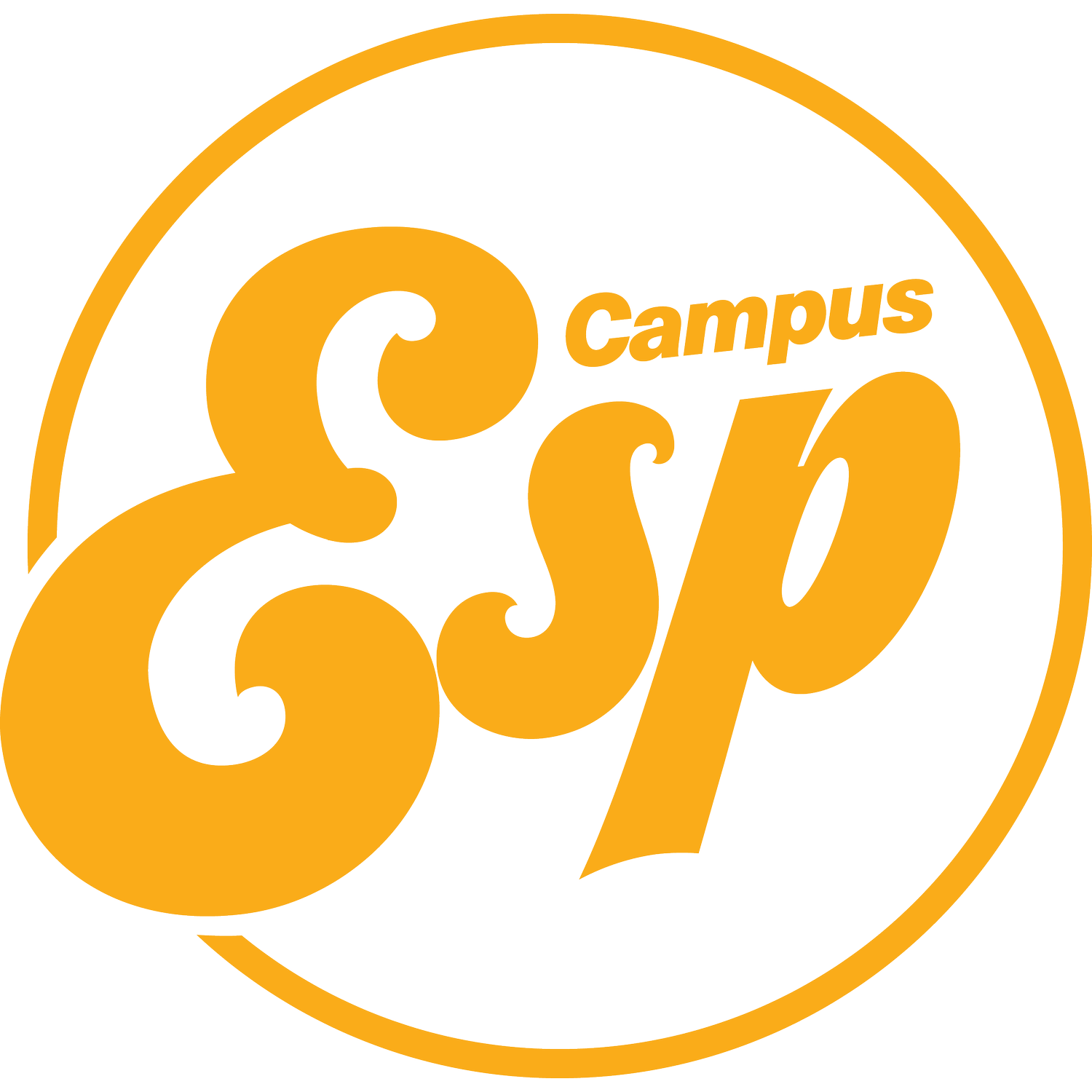What families really expect from two-year colleges
Two-year colleges are opening doors for students across the country — but what do families actually expect when helping their students choose and succeed at these institutions?
To find out, CampusESP surveyed nearly 1,800 families across eight schools for our first-ever Two-Year College Family Expectations Report. The data uncovered clear trends — and even clearer opportunities — for colleges to better support families at every stage of the journey.
To dig into the takeaways, we sat down with Michele Camarote and Lisa Campanelli from Bucks County Community College (BCCC) during a recent webinar. They shared how their team is turning insights into action and getting real results by putting families first.
Here’s what stood out from the report and how Bucks is making it happen on the ground (or watch the discussion below!):
1. Affordability is the top priority for two-year college families.
Families aren’t just concerned about cost — it’s often the dealbreaker. In fact, 63% of families ruled out colleges based on sticker price. And for good reason: tuition, textbooks, and hidden fees can add up fast. But most families don’t have a full picture of the savings that two-year colleges can offer.
BCCC leans into transparency. Through CampusESP for Two-Year Colleges, they send updates about FAFSA, scholarship deadlines, and their zero-cost textbook program. They also promote their 2+2 transfer pathway, helping families understand how starting at BCCC can cut the overall cost of a four-year degree.
2. Families want regular communication, but can’t always find what they need.
75% of two-year college families want communication at least weekly. But if those messages don’t answer key questions — like how to get help with financial aid or find job support — it’s a missed opportunity. And families are noticing: 58% say it’s hard to find clear info about career services, and 55% say the same about financial aid.
BCCC keeps families in the loop on everything from job fairs and resume help to new workforce certifications. They also walk families through the dual enrollment process with timely nudges and step-by-step guidance.
“We realized families weren’t always aware of all the great support our career services team has to offer. Now they are — and it’s made a huge difference.” – Lisa Campanelli, Director of Enrollment Communications
3. Families want communication that fits their preferences.
It’s not just what you share — it’s how you share it. Email is still the go-to for 73% of families, but texting is becoming a favorite. Nearly half (45%) want text message updates, especially for quick reminders and deadlines. The surprise? Only 35% of two-year colleges are texting families.
That’s a big missed opportunity to meet families where they are.
BCCC keeps things flexible by sending biweekly newsletters for broad updates and text messages for last-minute reminders. For adult learners, email and phone calls work best.
“Thoughtful, consistent communication through the right channels is what works best.” – Michele Camarote, Information Representative for Enrollment Services
By tailoring the approach, they’re reaching more families in ways that feel helpful, not overwhelming.
4. Building a sense of belonging matters.
Families aren’t just thinking about classes and tuition — 30% say campus atmosphere is one of the top reasons they choose a college. They want to know their students will feel like they belong, especially at a school where many students live off campus.
The solution? BCCC cultivates a community vibe from day one, with welcome week events, festivals, and orientation activities. They promote it all through CampusESP so families can help their students get involved.
“No matter the student’s age or path, we make sure they feel seen, supported, and like a true part of the Bucks community.” – Lisa Campanelli
And it’s working — these events now see stronger student turnout, especially among commuter students who might otherwise stay on the sidelines.
5. Communication builds trust—and drives results
Before families ever step foot on campus, they’re forming opinions based on how (and how often) a school communicates. Miss the mark, and you may miss them entirely. In fact, 91% of families say communication quality affects their decision. And while 95% value campus visits, 79% don’t actually attend—so your messages need to do the work.
When BCCC promoted a recent open house through CampusESP, they didn’t just share the date.
They sent personalized reminders, posted in community groups, and followed up with nudges. The result? One of their largest open house turnouts ever.
“They told us they really appreciate feeling more informed and included,” said Camarote. “They feel like they’re part of the journey — and that makes all the difference.”
Final Takeaway: Meeting family expectations starts with the right insights
Families of two-year college students are clear about what they want: honest communication, financial transparency, and confidence that their student will be supported every step of the way.
The insights from the Two-Year College Family Expectations Report can help institutions deliver on those expectations — strengthening trust, increasing engagement, and ultimately driving enrollment and retention.






